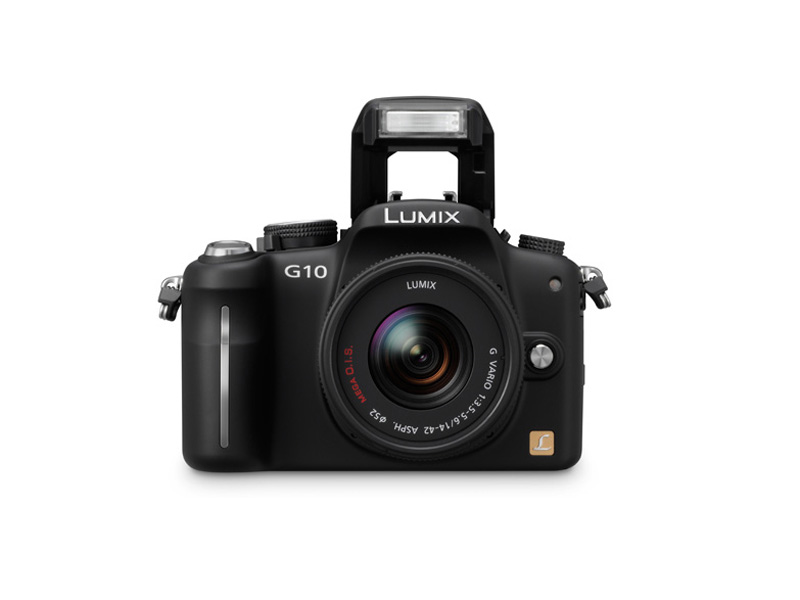Why you can trust TechRadar
We tested the G10 in a wide variety of lighting situations – and had the good fortune to have a G2 so that we could shoot comparison pictures in some of the situations.
Unsurprising, the results from the two cameras were very similar. In the standard film style, JPEG images were a touch more contrasty than perhaps ideal – but this can be adjusted to your liking. More sensibly you can use the RAW option, to give you a much greater control over tonal range.
Auto white balance proved extremely accurate, compared to many digital SLRs. Although exposure was not always foolproof, the fact that you have a preview of the image in the viewfinder and the option to display a histogram means there is no real excuse for ending up with duff shots.
The small sensor (when compared to rival DSLRs) proves an Achilles heel when it comes to high ISO. The G10 offers a range of speeds from ISO 100 to ISO 6400. However, the grain that you get when using 3200 or 6400 settings is severe, and so these options are best avoided. Shots taken at ISO 1600, however, were significantly better – and this is a good option in the lowest light.
Ultimately, however, the lens supplied with this camera does not seem capable of providing the critical sharpness of image that you would expect from a traditional SLR – although obviously you can opt to use better quality optics (as is the benefit of using a system camera like this).
Video quality is generally good – although the lack of microphone socket is a serious obstacle to this camera making a career in the movies.

Panasonic G10: ISO test

Panasonic G10: ISO 400 test – 100% crop (click for full-size image)

Panasonic G2: ISO 1600 test – 100% crop (click for full-size image)

Panasonic G2: ISO 6400 test – 100% crop (click for full-size image)
Current page: Panasonic G10 Review: Image Quality
Prev Page Panasonic G10 Review: Controls and Features Next Page Panasonic G10 Review: Test Pictures